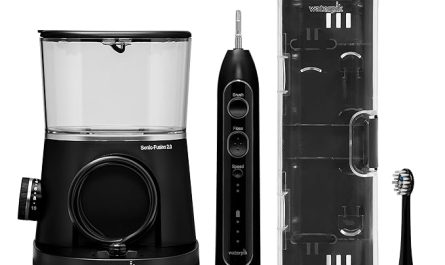Introduction:
Microwaves have become a common kitchen appliance, offering convenience and efficiency in cooking and reheating food. With a wide range of options available on the market, it can be helpful to understand the most common type of microwave. In this article, we will explore the most prevalent type of microwave, its features and functionalities, popular models, and considerations for choosing the right microwave for your needs.
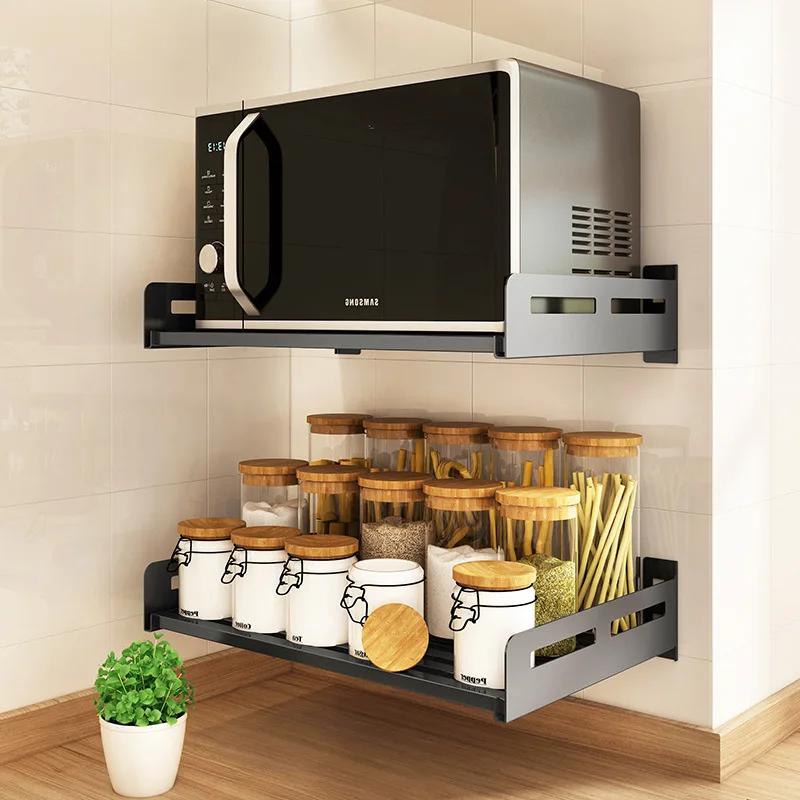
What is the most common type of microwave?
Countertop Microwaves:
Countertop microwaves are the most common and widely-used type of microwave.
These microwaves are designed to sit on the kitchen countertop, providing easy access and versatility in placement.
Size and Capacity:
Countertop microwaves come in various sizes and capacities to accommodate different cooking needs and kitchen spaces.
Smaller models typically have a capacity of around 0.7 to 1.3 cubic feet, while larger models can have capacities of 1.4 cubic feet or more.
Power Levels:
Countertop microwaves offer multiple power levels to adjust the intensity of the microwave’s energy.
Power levels typically range from 500 to 1200 watts, allowing users to customize cooking times and heat settings for different types of foods.
Cooking Features:
Countertop microwaves offer a range of cooking features to simplify meal preparation.
Common features include preset cooking programs, defrosting options, sensor cooking, and quick-start functions.
Control Panels:
Countertop microwaves are equipped with control panels for setting cooking times, power levels, and selecting specific functions.
These control panels can be digital or manual, offering different levels of precision and ease of use.
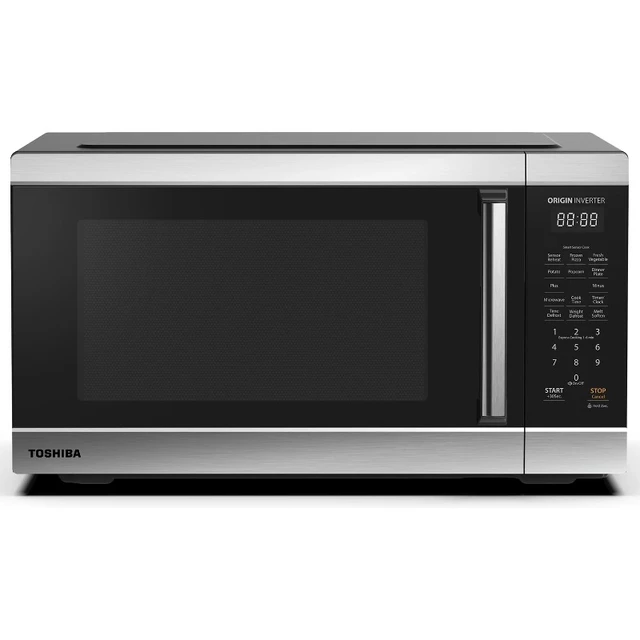
Popular Countertop Microwave Models:
Several popular countertop microwave models have gained recognition for their performance and reliability.
Examples include the Toshiba EM131A5C-BS, Panasonic NN-SN936B, and Breville Quick Touch.
Considerations for Choosing a Countertop Microwave:
a. Cooking Needs: Consider the types of food you regularly cook and the desired cooking functions and features that would best suit your needs. 、
b. Available Space: Measure the available countertop space in your kitchen to ensure the chosen microwave fits comfortably.
c. Power and Capacity: Evaluate the power level and capacity options to determine the appropriate size and wattage for your cooking requirements.
d. Budget: Set a budget and consider the cost-effectiveness of different models, balancing price with desired features and quality.
e. User-Friendliness: Assess the control panel layout, ease of use, and clarity of instructions to ensure a user-friendly experience.
f. Reviews and Ratings: Read customer reviews and ratings to gain insights into the performance, durability, and overall satisfaction of different models.
Advantages of Countertop Microwaves:
a. Portability: Countertop microwaves are portable and can easily be moved or taken to different locations.
b. Versatility: These microwaves can accommodate various types of containers and dishes, allowing for flexible cooking and reheating options.
c. Availability: Countertop microwaves are readily available in stores and online, making them easily accessible to consumers.
d. Cost-Effective: Countertop microwaves are generally more affordable compared to built-in or over-the-range models.
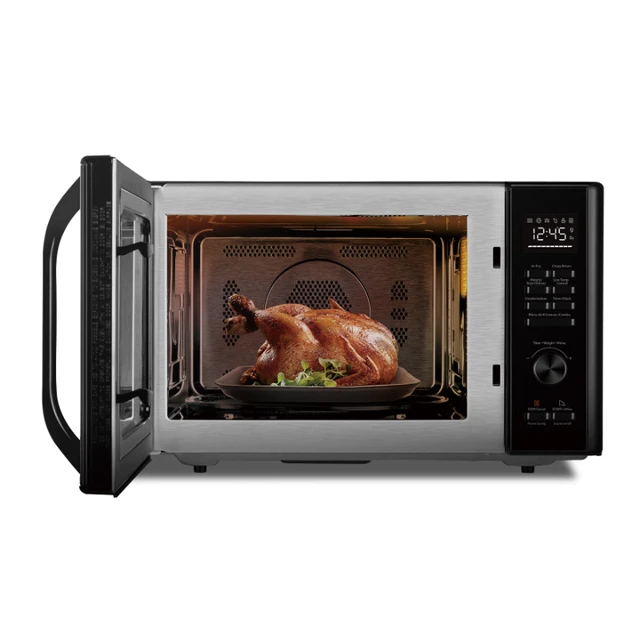
Limitations of Countertop Microwaves:
a. Limited Space: Countertop microwaves occupy valuable countertop space, which can be a limitation in smaller kitchens with limited surface area.
b. Lack of Integration: These microwaves do not offer built-in or integrated options, which may not be suitable for those looking for a sleek and seamless kitchen design.
c. Ventilation: Countertop microwaves typically do not come with built-in ventilation systems, requiring separate arrangements for proper ventilation.
Additional Considerations for Countertop Microwaves:
a. Safety Features: Look for microwaves with safety features such as child locks, automatic shut-off, and heat-resistant exteriors to ensure safe operation.
b. Cleaning and Maintenance: Consider the ease of cleaning the microwave, including removable turntables and accessible interiors to facilitate maintenance.
c. Energy Efficiency: Look for energy-efficient models with features like power-saving modes and energy consumption ratings to reduce electricity usage and costs.
d. Warranty and Customer Support: Evaluate the warranty coverage and the availability of customer support services for any potential troubleshooting or maintenance needs.
e. Aesthetics: Consider the design and appearance of the microwave, ensuring it complements your kitchen decor and personal preferences.
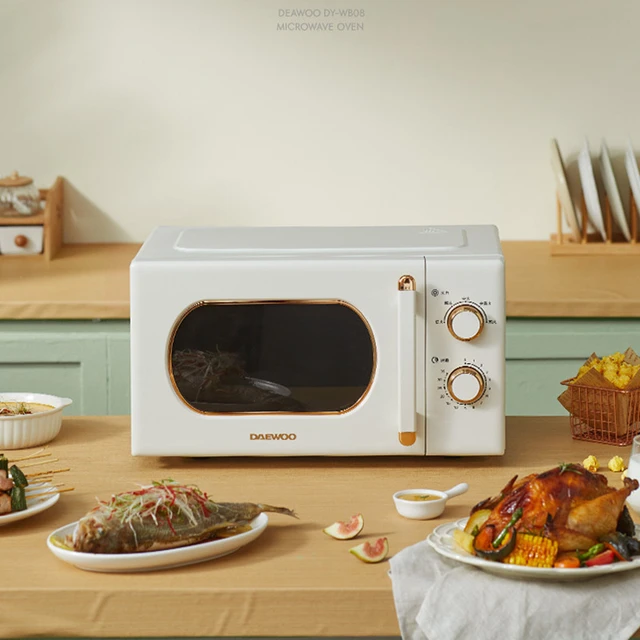
Popular Alternatives to Countertop Microwaves:
a. Built-In Microwaves: Built-in microwaves are integrated into kitchen cabinetry or designed to fit into specific spaces. They offer a sleek and seamless look but may involve more complex installation.
b. Over-the-Range Microwaves: Over-the-range microwaves combine microwave functionality with ventilation capabilities. They save countertop space by being mounted above the stove but may require professional installation.
c. Drawer Microwaves: Drawer microwaves are installed in lower cabinets and provide convenient access. They offer a streamlined appearance but may have limited capacity compared to other types.
Personal Preference and Needs:
Ultimately, the choice of the most common type of microwave will depend on personal preference, cooking habits, available space, and specific needs.
Consider factors such as convenience, budget, kitchen layout, and desired features to select the most suitable microwave for your lifestyle.
Additional Considerations:
a. Safety Features: When choosing a countertop microwave, consider the safety features it offers. Look for features like child lock, automatic shut-off, and door sensors to ensure safe and worry-free operation.
b. Energy Efficiency: Evaluate the energy efficiency of different models to minimize energy consumption and reduce electricity costs. Look for microwaves with Energy Star ratings or energy-saving features like LED lighting and power-saving modes.
c. Maintenance and Cleaning: Consider the ease of maintenance and cleaning when selecting a countertop microwave. Look for models with removable turntables or easy-to-clean interiors, as this can simplify the cleaning process and ensure hygienic food preparation.
d. Aesthetic Appeal: Countertop microwaves are available in various designs and finishes. Consider the aesthetics of your kitchen and choose a microwave that complements the overall decor.
e. Warranty and Customer Support: Check the warranty coverage and customer support offered by the manufacturer. A reliable warranty and responsive customer support can provide peace of mind in case of any issues or concerns with the microwave.
Alternative Microwave Options:
While countertop microwaves are the most common type, there are alternative options available based on individual needs and kitchen configurations. These options include:
a. Built-in Microwaves: Built-in microwaves are designed to be installed within cabinetry or wall units, offering a seamless and integrated look. They save countertop space and provide a sleek appearance, but may require professional installation and have higher costs.
b. Over-the-Range (OTR) Microwaves: OTR microwaves combine the functions of a microwave and ventilation hood. They are installed above the cooktop and provide both cooking convenience and ventilation capabilities. OTR microwaves require proper ventilation installation and may be more suitable for kitchens with limited countertop space.
c. Drawer Microwaves: Drawer microwaves are designed to be installed within a lower cabinet or kitchen island. They offer convenient access and can be concealed when not in use, providing a streamlined and clutter-free kitchen design.
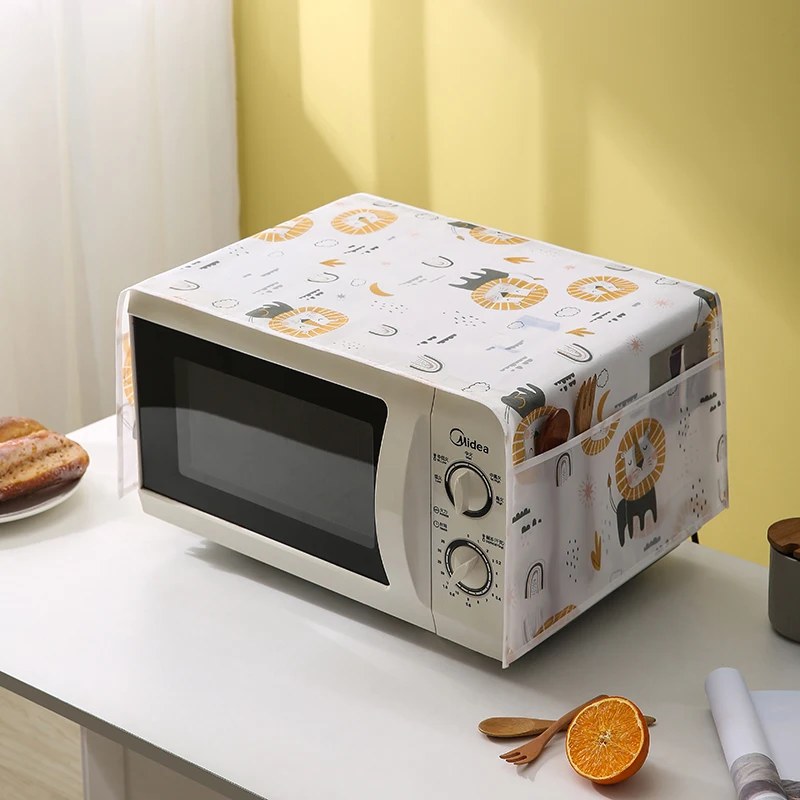
Conclusion:
Countertop microwaves are the most common type of microwave and offer a range of features and functionalities to meet different cooking needs. Their popularity stems from their portability, versatility, availability, and cost-effectiveness. When choosing a countertop microwave, consider factors such as cooking needs, available space, power levels, budget, user-friendliness, and customer reviews. While countertop microwaves have limitations such as occupying countertop space and lacking built-in ventilation, they remain a popular choice for many households due to their convenience and practicality. By understanding the features and considerations associated with countertop microwaves, individuals can make informed decisions and select the right microwave to enhance their cooking and reheating experiences.



